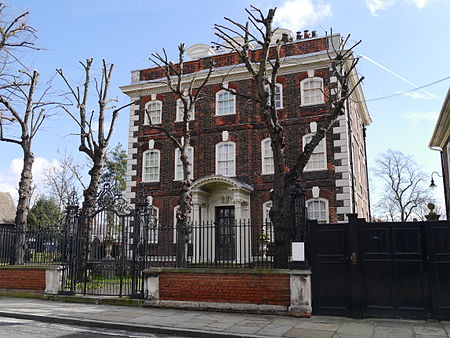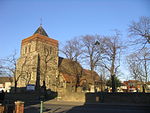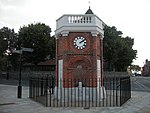Rainham, London

Rainham ( RAY-nəm) is a suburb of East London, England, in the London Borough of Havering. Historically an ancient parish in the county of Essex, Rainham is 13.6 miles (21.9 km) east of Charing Cross and is surrounded by a residential area, which has grown from the historic village, to the north and a commercial area, fronting the River Thames, to the south. As part of the suburban growth of London in the 20th century, Rainham significantly expanded and increased in population, becoming part of Hornchurch Urban District in 1934, and has formed part of Greater London since 1965. The economic history of Rainham is underpinned by a shift from agriculture to industry and manufacture and is now in a period of regeneration, coming within the London Riverside section of the Thames Gateway redevelopment area.
Excerpt from the Wikipedia article Rainham, London (License: CC BY-SA 3.0, Authors, Images).Rainham, London
Ferro Road, London Rainham (London Borough of Havering)
Geographical coordinates (GPS) Address Nearby Places Show on map
Geographical coordinates (GPS)
| Latitude | Longitude |
|---|---|
| N 51.5177 ° | E 0.1948 ° |
Address
Ferro Road
RM13 9UJ London, Rainham (London Borough of Havering)
England, United Kingdom
Open on Google Maps








